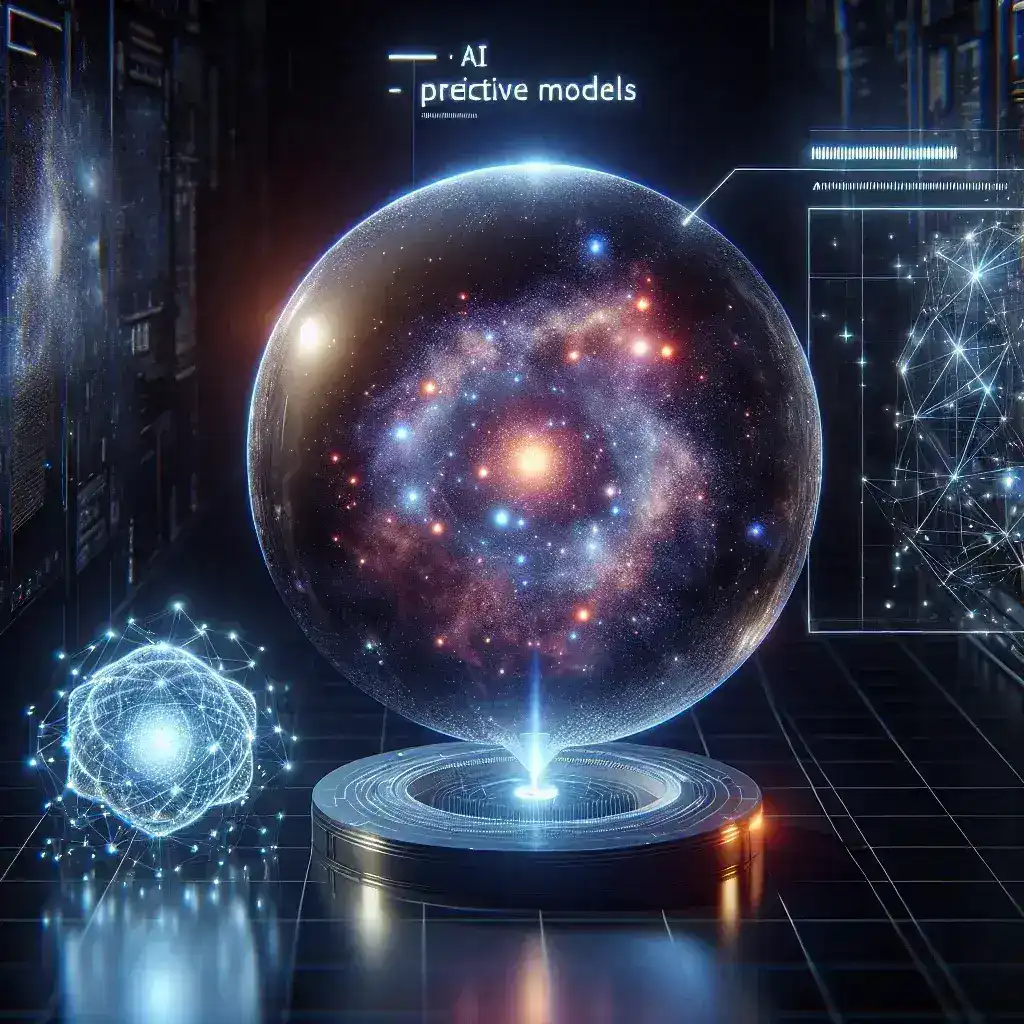Introduction
The universe is a vast expanse filled with mysteries, one of which includes the evolution of star clusters. Recent advancements in artificial intelligence (AI) have led to the development of predictive models that can simulate the future evolution of these celestial formations. This article delves into the significance of these AI predictive models, their applications in astrophysics, and how they can help us understand the life cycles of star clusters in unprecedented detail.
The Role of AI in Astrophysics
Artificial intelligence has made a significant impact on various scientific fields, and astrophysics is no exception. Traditional methods of studying star clusters relied heavily on observational data and mathematical models. However, the complexity of stellar phenomena often poses challenges that can be overwhelming. AI predictive models provide a solution by offering:
- Efficiency: AI algorithms can analyze vast datasets quickly, identifying patterns and trends that may go unnoticed through conventional methods.
- Accuracy: These models can simulate various scenarios, allowing scientists to make precise predictions about future star cluster evolution.
- Adaptability: AI systems continuously improve as they are exposed to new data, refining their predictions and analyses.
Understanding Star Clusters
Before we delve into AI’s predictive capabilities, it’s essential to understand what star clusters are. Star clusters are groups of stars that are gravitationally bound together. They can be categorized into two main types:
- Open Clusters: These are loosely bound groups of stars that typically contain a few dozen to a few thousand stars. Open clusters are often found in the galactic disk and are generally younger than globular clusters.
- Globular Clusters: These are densely packed spherical collections of stars, often numbering in the hundreds of thousands. They are typically found in the halo of galaxies and are among the oldest structures in the universe.
The Evolution of Star Clusters
The evolution of star clusters is a complex process influenced by various factors, including gravitational interactions, stellar birth and death cycles, and environmental conditions. AI predictive models simulate these processes by incorporating data from observations, theoretical models, and computational techniques. Key phases in the evolution of star clusters include:
1. Formation
Star clusters form from clouds of gas and dust that collapse under gravity. AI models can simulate the conditions that lead to star cluster formation, providing insights into their initial mass distributions and compositions.
2. Main Sequence
Once stars are formed, they enter the main sequence phase of their lifecycle, where they spend the majority of their existence fusing hydrogen into helium. AI models help predict how long a cluster will remain in this phase based on factors like mass and chemical composition.
3. Post-Main Sequence Evolution
As stars exhaust their hydrogen fuel, they evolve into red giants or supernovae, depending on their mass. AI models can simulate these processes, helping astronomers understand how clusters change over time.
4. Dissociation
Eventually, clusters may lose stars due to gravitational interactions with other clusters or the galaxy. Predictive models allow scientists to estimate the longevity of clusters and when they may dissolve.
Applications of AI Predictive Models
AI predictive models are transforming how scientists study star clusters. Here are some notable applications:
- Predicting Stellar Lifetimes: By analyzing the characteristics of stars within a cluster, AI models can predict their lifetimes and the eventual fate of the cluster.
- Mapping Star Cluster Dynamics: These models simulate the motion of stars within clusters, providing insights into their gravitational interactions and potential collisions.
- Identifying New Clusters: AI algorithms can sift through massive datasets from astronomical surveys to identify previously unnoticed star clusters.
- Studying Chemical Evolution: AI models can analyze the chemical properties of stars in a cluster, helping scientists understand how star formation affects the surrounding environment.
Future Predictions: What Lies Ahead?
The future of AI predictive models in simulating star cluster evolution is bright. As technology advances, we can expect:
- Improved Accuracy: Ongoing research will refine algorithms, leading to more accurate predictions about star cluster behaviors.
- Integration of Multi-Modal Data: Future models will likely integrate various data sources, including electromagnetic observations and gravitational wave detections.
- Enhanced Collaboration: Global collaborations among astronomers, data scientists, and AI experts will drive innovation and the development of new predictive tools.
Challenges and Limitations
While AI predictive models offer numerous advantages, they are not without challenges:
- Data Quality: The accuracy of predictions heavily relies on the quality of input data. Incomplete or biased data can lead to flawed models.
- Computational Limitations: The complexity of star cluster simulations requires substantial computational resources, which may not be readily available for all researchers.
- Interpretability: Understanding how AI models arrive at specific predictions can be challenging, making it essential to develop transparent algorithms.
Cultural Relevance and Impact
The study of star clusters extends beyond the realm of science; it influences culture, art, and our understanding of humanity’s place in the universe. The ability to simulate their evolution through AI models enhances our appreciation for these celestial wonders. Additionally, this knowledge can inspire future generations of scientists and artists alike.
Conclusion
AI predictive models are revolutionizing our understanding of star cluster evolution. By simulating complex stellar processes, these models offer invaluable insights into the life cycles of stars and the dynamics of their clusters. As technology progresses, we can anticipate even greater advancements in this field, enabling us to explore the cosmos like never before. The fusion of AI and astrophysics not only deepens our knowledge but also ignites curiosity and wonder about the universe we inhabit.

